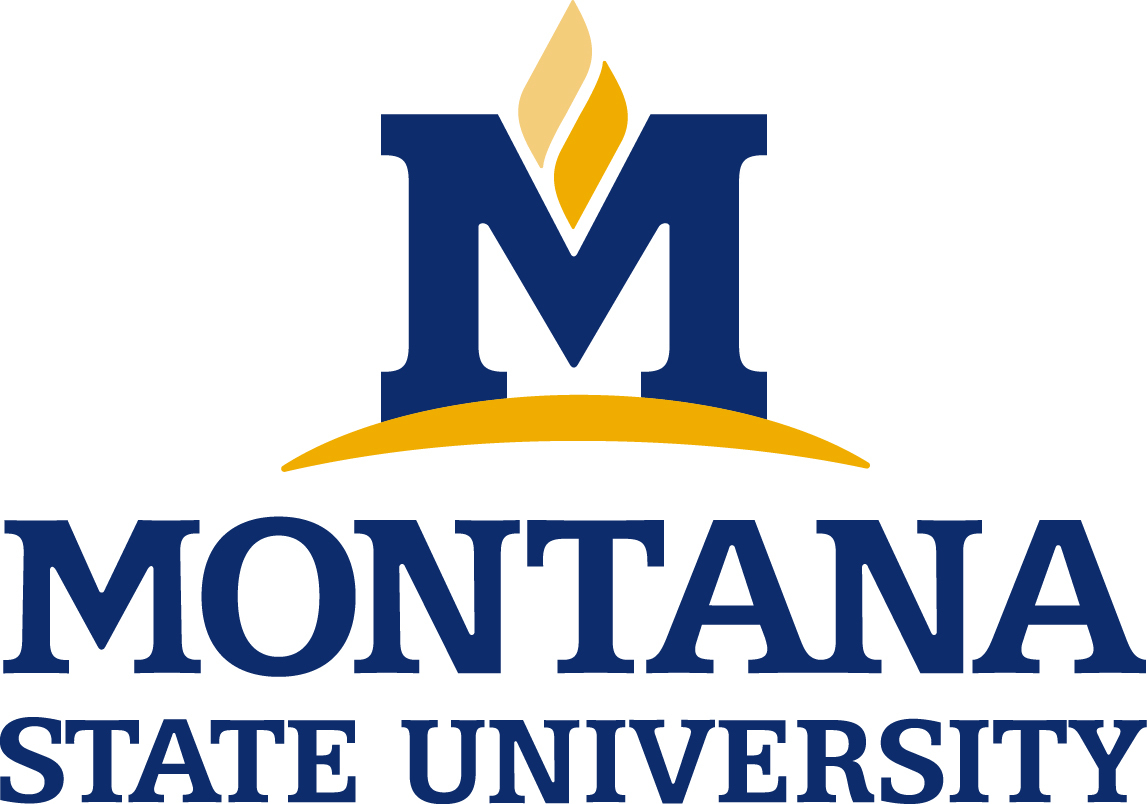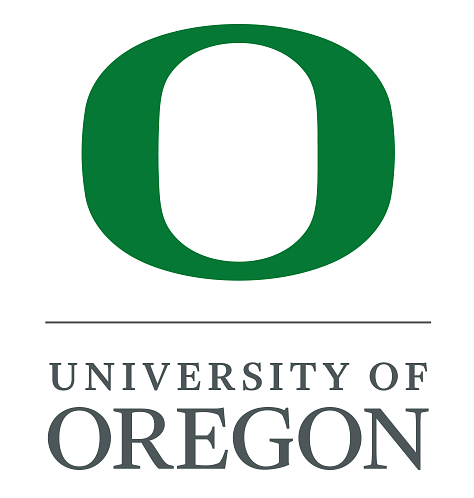Welcome to the Q2 2024 Integrated Design Lab Newsletter.
Each quarter, we’ll deliver updates and highlights of the transformative work accomplished by our Integrated Design Lab (IDL) network partners.

University of Idaho IDL
- The UI IDL is working with the Idaho Office of Energy and Mineral Resources to provide energy assessments of underfunded rural school districts. Over the past year, the team visited 11 school buildings across seven school districts to help superintendents develop a priority list of retrofit options and estimate the return on investment of energy efficiency upgrades that qualify for utility incentives from Avista and Idaho Power.
- The UI IDL developed a white paper on Idaho’s school energy efficiency resources and costs. Related to this work, the lab helped develop three federal grants, including two applications to the Renew America’s Schools Hero X challenge and a State Air Quality Initiative through the Department of Environmental Quality.
- The UI IDL is hopeful that the lab’s energy assessments will encourage many school districts to use funding from the recent Idaho House Bill 521 to install the very high efficiency DOAS HVAC design approach to improve air quality and comfort, while cutting back on winter heating costs.
- Using the latest Commercial Building Energy Consumption Survey data, the UI IDL filtered and analyzed energy usage for schools in the Mountain West.
- In April, the UI IDL’s research scientist, Farnaz Nazari, successfully defended her dissertation on using energy simulations and multi-objective optimization to compare operational and embodied energy across various building forms.
- At an Idaho-Power-sponsored open-lunch lecture in May, the UI IDL shared resources on the design and operation of high-performance classrooms.
- In June at the ASHRAE national conference, the UI IDL director, Damon Woods, presented work on integrating miniature LiDAR and infrared cameras into building controls to map rooms and scale ventilation using convolution neural networks for occupancy detection.
Montana State University IDL

- The MSU IDL began work on an ASHRAE-funded project to conduct a gap analysis of building-lifecycle analysis tools that incorporate embodied carbon.
- In collaboration with MSU’s Freedom by Design Student group, MSU IDL students recently completed a proposal for a project to build a LEED-certified extension of the Quiet Waters Ranch. The proposal included evaluation of energy efficiency measures and daylighting strategies for the proposed extension.
- The MSU IDL presented research investigating ventilation requirements for residential buildings in cold climates at the Residential Energy Workshop sponsored by the National Center for Appropriate Technology.
- The MSU IDL continues to provide daylighting analysis for various architectural firms in Montana. Most recently, MSU IDL students completed daylighting analysis for MSU buildings in the nursing and computer science departments.
- Using the matrix developed by the University of Washington IDL, the MSU IDL is in the preliminary stages of evaluating entries for the AIA Montana Design Awards’ energy efficiency and sustainability categories.

University of Oregon IHBE/Baker Lab
- The UO IDL is developing a mass timber prefabricated panelized housing system in partnership with the TallWood Design Institute and Oregon Mass Timber Coalition. This work aims to address housing affordability while pushing the boundaries of residential energy efficiency. The project has progressed to initial prototyping of a mass timber single-family two-bedroom unit housing design. Prototyping will be used to confirm, test, and refine design assumptions related to structural connections, construction sequencing and constructability, windows and systems, and to optimize structural efficiency for cost savings. Learn more on the IHBE website.
- The UO IDL is exploring several common panel-to-panel joint designs and construction techniques that connect all-wood mass timber panels (CLT and MPP) for building exteriors. These connections will be tested in a lab setting while employing applicable ASTM standards for infiltration testing. The results will provide empirical data and a way to better understand the durability and energy performance of mass timber façades. This research will provide valuable insights to architects and building owners about the performance, cost-effectiveness, and long-term durability of using CLT and MPP panels in construction.
- The UO IDL recently completed an interactive lighting tool aimed at high school curriculums and to introduce energy management as a potential field of study at the university level. The goal was to provide a relatively simple way for students to explore an aspect of energy management and building controls that is visually intuitive. In this case, we focused on the dynamic between natural lighting, electric lighting, and their effect on building energy performance. As such, the tool puts the user in control of a small space and provides several adjustable inputs, including time of day, sky condition, window shades, electric lighting, smart light controls, and the ability to set horizontal and vertical illuminance targets for smart light controls.

University of Washington IDL
- UW IDL co-director Chris Meek worked with AIA Seattle’s Fellows and Honors Awards Committee to identify and recognize groups and individuals for exemplary contributions to the profession. Areas recognized include sustainability, community service, young voices, and advancing the state of practice. The UW IDL has continued to evolve the AIA Seattle’s Energy in Design Award to recognize exemplary achievements in energy efficiency.
- UW IDL co-director Heather Burpee led a University of Washington Architecture graduate course that introduced students to incorporating sustainable design into architectural practice. The students visited seven architecture firms and a steel manufacturing plant to understand the practices that deliver high-performance, energy-efficient buildings.
- Meek and Burpee interviewed experts in the lighting industry to better understand current and future trends in technologies, practices, and implementation of lighting systems. The interviews provided broad insights into opportunities and barriers in lighting. This work supports NEEA’s efforts to increase market awareness and adoption of LLLC in the Northwest.
- Heather Burpee collaborated with Mazzetti and DIALOG authoring a forthcoming “Decarbonization of Hospital Buildings Design Guide” for the American Society of Heating, Refrigerating, and Air-Conditioning Engineers (ASHRAE) and the American Society of Healthcare Engineers (ASHE). She has presented this material in several national venues including at ASHE’s Planning Design and Construction (PDC) conference and the Environmental Research and Design (EDRA) conference.
- To help realize energy-efficient buildings, the UW IDL supports design teams with technical guidance for goal setting and strategy selection. For example, the UW IDL partnered with Integrus Architecture on a project at Seattle’s Aki Kurose Middle School that combines exemplary façade performance, advanced lighting controls, and high-efficiency heat recovery/heat pumps to deliver exceptional energy performance. This work includes creating case studies that showcase how designers of ultra-efficient buildings use peak-load analysis as part of an integrated design process that achieves extraordinary levels of energy efficiency while meeting budgetary constraints.
- Meek and Burpee joined Solarc Energy Group’s Mike Hatten to present the BetterBricks webinar, Building Energy Retrofits: The Value of Strategic Sequencing. The presentation provided an overview of the market context for deep energy retrofits, including state and local regulatory environments, a strategic framework for sequencing upgrades, and example projects of energy retrofits and strategic energy management.
- For the Pacific Northwest Building Training Assessment Center (PNW BTAC) project, the UW IDL was awarded a grant through the Bipartisan Infrastructure Law and the US DOE. The PNW BTAC aims to fill two market gaps in building performance improvements: 1) a trained workforce, and 2) inclusive access to benchmarking and strategic roadmaps for energy efficiency and decarbonization, especially for disadvantaged communities.
- The UW IDL co-authored a report with the Urban Land Institute (ULI) and the New York office of Kohn Pederson Fox Architects titled The Carbon Sweet Spot: Design Tradeoffs for Embodied and Operational Carbon in New Buildings. Based on the results of three project analyses and discussions with leading developers and industry experts, this report highlights the critical design decisions that impact the building façade and offers frameworks for considering total carbon emissions over the life of a building investment. Ultimately, it suggests a process by which decision-makers can identify whole life-cycle carbon sweet spots for their buildings.

Washington State University ID+CL
- The WSU IDL presented to WSU’s Resource Conservation Management group to highlight our unique occupant engagement program on WSU’s Pullman campus, which aims to reduce energy use and increase the comfort of occupants through behavioral interventions and regular communications. The lab shared the rationale for the program, its engagement approach, lessons learned, and the next steps from an updated push to collect system-wide occupant data.
- In March, three WSU IDL undergraduate research assistants submitted abstracts and presented aspects of their roles within the Energy and Comfort at WSU program at the Showcase for Undergraduate Research and Creative Activities (SURCA). Nick Mayer, now entering his graduate studies in Architecture, took home the Grey Award in the Computer Science, Mathematics, Statistics, and Information Sciences Category for his poster presentation about how energy savings projections are calculated within the lab’s Smart Power Strips program.
- The WSU IDL’s Dr. Day presented on human building interactions (HBI) at the International Building Performance Simulation Association (IBPSA) education seminar. Discussing the difficulties of incorporating human behavior and interfaces into building energy modeling simulations, Dr. Day presented a summary of her research topics and approaches to managing occupant interactions in buildings. Using case studies of lighting in private offices, the presentation illustrated the nuances of predicting and controlling HBIs when determining building models.
- Sponsored by BetterBricks, check out WSU IDL’s BUILDING HEROes Podcast, which helps bridge the information gap between industry, academia, and experts in field.
